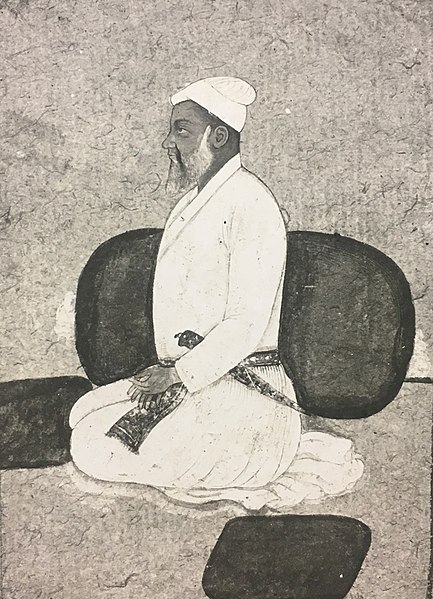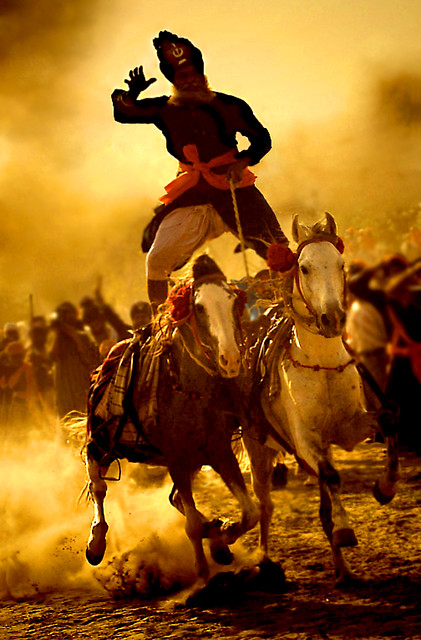
ADINA BEG KHAN (d. 1758), governor of the Punjab for a few months in AD 1758, was, according to Ahwal-i-Dina Beg Khan, an unpublished Persian manuscript, the son of Channu, of the Arain agriculturalist caste, mostly settled in Doaba region of the Punjab. He was born at the village of Sharakpur, near Lahore, now in Sheikhupura district of Pakistan. Adina Beg was brought up in Mughal homes, for the most part in Jalalabad, Khanpur and Bajvara in the Jalandhar Doab. Starting his career as a soldier, he rose to be collector of revenue of the village of Kang in the Lohian area, near Sultanpur Lodhi.
BADALI, BHAI, a Sodhi Khatri, and Se^h Gopal figure in the roster of prominent Sikhs of the time of Guru Hargobind (1595-1644) in Bhai Gurdas, Varan XI. 31. As they sought the Guru\'s instruction he, records Bhai Mani Singh, Sikhan di Bhagat Mala, impressed upon them the virtue of humility. Both Bhai Badali and Bhai Gopal embraced the precept and won renown as devout Sikhs.










